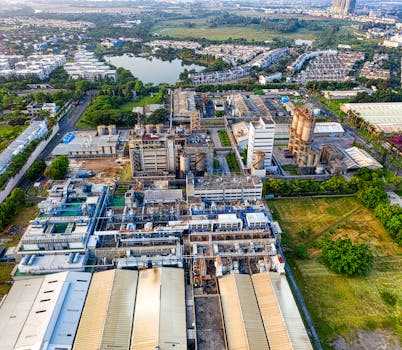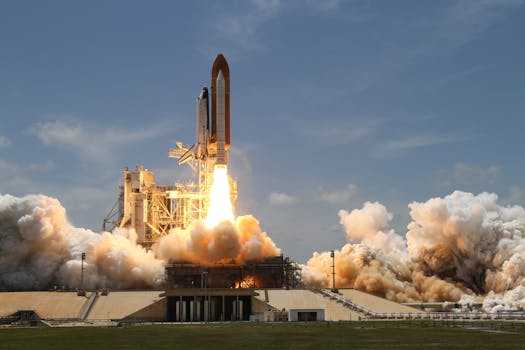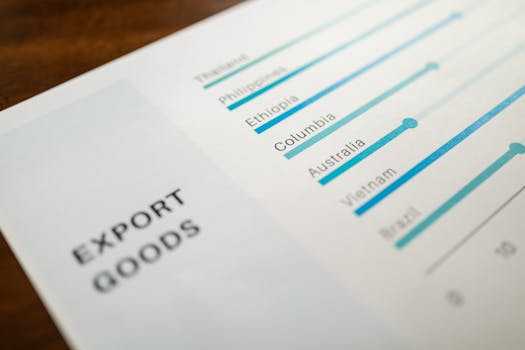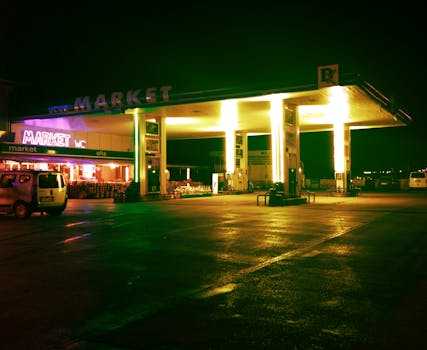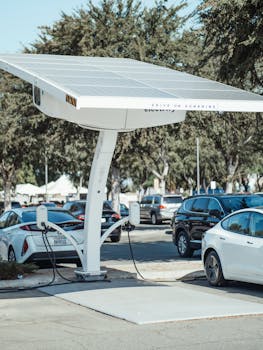
**
Tesla Robotaxi's Sudden Braking Incident: A Glitch in the Matrix or Nature's Superiority?
The promise of fully autonomous vehicles, particularly Tesla's highly anticipated robotaxi service, has been met with both excitement and skepticism. Recently, a startling incident involving a Tesla robotaxi engaging in unexpected and potentially dangerous emergency braking has reignited the debate about the limitations of current Artificial Intelligence (AI) and the challenges in replicating human perception and decision-making in complex real-world driving scenarios. The event raises critical questions about the safety and reliability of self-driving technology, especially in unpredictable environments. This incident highlights the ongoing struggle to bridge the gap between automated driving systems and human-like adaptability.
The Incident: A Bird, a Brake, and a Viral Video
The incident, quickly captured on video and widely circulated across social media platforms, showcased a Tesla robotaxi suddenly braking hard while navigating a residential street. Initial reports suggest the vehicle's Autopilot system, intended to handle autonomous driving, unexpectedly reacted to a bird flying across its path. The abrupt stop caused significant concern, particularly for passengers and nearby vehicles. The video, which went viral under hashtags like #TeslaAutopilotFail, #RobotaxiIncident, and #SelfDrivingCarProblems, sparked intense online discussions about the safety and reliability of Tesla's autonomous driving technology.
Analysis: Unpredictable Variables and AI Limitations
The incident throws a spotlight on the inherent difficulties in programming AI to handle the complexities of real-world driving. Unlike structured environments found in controlled testing simulations, the real world is replete with unpredictable variables. A bird's flight path, a sudden gust of wind, an unexpected movement by a pedestrian – all of these elements are difficult, if not impossible, to program into an autonomous driving system. The event underscores the significant difference between statistically-driven AI decision-making and the nuanced, intuitive judgment of a human driver.
Key Factors Contributing to the Incident:
- Environmental Uncertainty: The unpredictable nature of the bird's flight path presented a challenge that the Tesla's AI struggled to interpret correctly. Current AI systems rely on predictable patterns, and anomalies such as this can trigger unexpected responses.
- Sensor Limitations: While Tesla utilizes advanced sensor technologies such as cameras, radar, and lidar, these systems can be affected by environmental factors like lighting, weather conditions, and even interference from other objects. These limitations can lead to misinterpretations of the environment.
- Algorithm Limitations: The specific algorithms guiding the Tesla's autonomous driving system may have misinterpreted the bird as a potential threat, triggering an emergency braking response that was disproportionate to the actual risk. Improvements in AI algorithms that better discern between true threats and benign environmental stimuli are crucial.
- Lack of Contextual Understanding: Human drivers possess a deep understanding of context and can readily assess risk based on various factors. AI systems often lack this nuanced contextual awareness, leading to potentially incorrect interpretations of the situation.
The Broader Implications: Public Trust and Safety Regulations
The incident raises significant concerns about the public's trust in autonomous driving technology. This incident, along with several others involving self-driving vehicles, could erode public confidence and delay wider adoption. Furthermore, the incident highlights the urgent need for robust safety regulations and thorough testing protocols for autonomous vehicle technology. Regulatory bodies must establish clear standards to ensure the safety and reliability of these systems before they become widely deployed.
Addressing the Challenges:
- Improved Sensor Fusion: Better integration of sensor data from various sources (cameras, radar, lidar) can improve the accuracy and reliability of environmental perception.
- Advanced AI Algorithms: Developing more sophisticated algorithms that can handle unpredictable events and prioritize safety is crucial for the future of autonomous driving.
- Enhanced Training Data: Providing AI systems with larger and more diverse training datasets encompassing a wider range of real-world scenarios can improve their ability to handle unexpected situations.
- Robust Fail-Safes: Implementing fail-safe mechanisms to prevent or mitigate potentially dangerous situations, such as automated braking systems that only engage in truly critical situations, are essential.
The Future of Robotaxis: Nature's Complexities Remain a Challenge
The incident involving the Tesla robotaxi serves as a stark reminder of the challenges involved in developing truly safe and reliable autonomous driving systems. While AI technology is rapidly advancing, the unpredictable nature of the real world presents significant hurdles that require careful consideration and continued innovation. The ability to successfully navigate complex, dynamic environments, as humans instinctively do, remains a significant challenge for AI. The incident underscores the necessity for ongoing research, development, and rigorous testing to ensure the safety and reliability of autonomous vehicles before their widespread adoption. The question of whether technology can truly surpass the unpredictable nature of the real-world remains a major challenge in the ongoing race to perfect autonomous driving technology. The future of robotaxis hinges on addressing these issues effectively and transparently.












